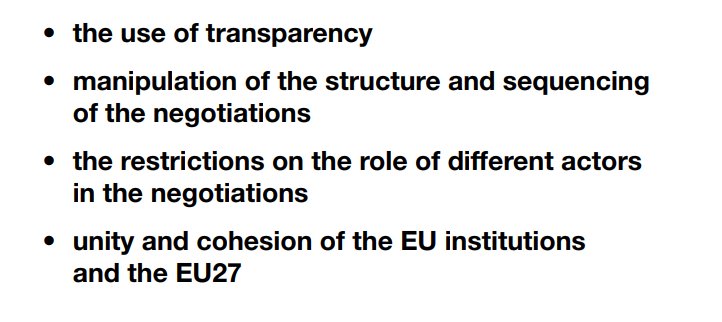/1
/2
Your cost would be R12.
If the Rand weakens to 14 ($/R 14.00) and the underlying $ value stays static, the JSE listed price would be R14.
/3
/4
/5
You buy the STXNDQ here on the JSE. It is the exact same fund, just administered in SA by Satrix as a Feeder Fund. You pay in Rands - the price is effectively the $ price x the $/R exchange rate.
/6
$/R exchange rate is currently 14.60.
So the Rand value of each share is: $4.10 x 14.60 = R59.86.
STXNDQ is currently trading on the JSE at R59.96. Voila!
/7
/8
/9
/10




